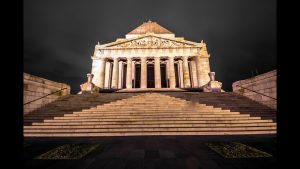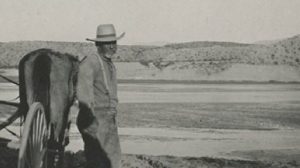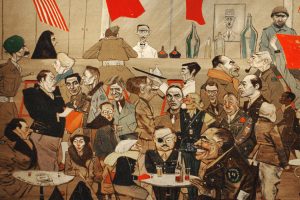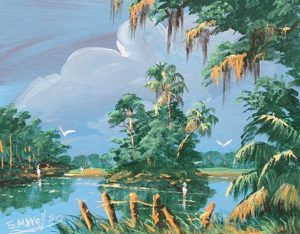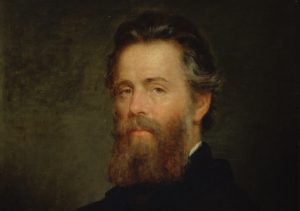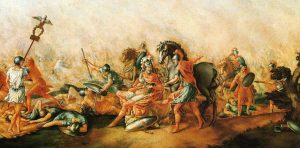The variety of native traditions, available materials, and architectural expertise has given the continent new and culturally...
History
Used by the indigenous peoples of the Americas for millennia, it was only in the last decade...
Thousands of women volunteered as nurses during the Civil War. On April 14, 1861, Fort Sumter fell—the...
Nursing may be the oldest known profession, as some nurses were paid for their services from the...
Apollo 8 was the moment that humanity realized a dream conceived in our cultural imagination over two...
Take a tour through Melbourne with a Greek lens and discover the rich Hellenic influences that shape...
As the need for ranch workers has dwindled, the iconic status of cowboys has continued to grow....
At the turn of the 20th century, three Hawaiian cowboys arrived in Wyoming to compete in a...
The O.K. Corral is a human-sized, emotionally satisfying revenge drama that affirms our thirst for justice. On...
Founded in 1865, St. Thomas, Nevada, was initially settled by Mormons drawn by Muddy Creek, a tributary...
Washington Irving leaves Gotham to explore the frontier. As he entered New York City on May 21,...
What we think we know about the arrival of Homo sapiens on this continent. In the 1970s,...
The journalist’s witty Paris Letters for the New Yorker helped establish Americans’ feelings of superiority over Europe....
Without a doubt, the most influential concept in German university history is that of the “unity of...
Behind every manuscript map lies an individual’s hand. Originally published by the Harvard Map Collection, republished with...
Exploring how British Library maps chart the evolution of man’s understanding of the earth and cosmos. Introduction...
Capturing forts was necessary as enemy capitals were usually fortified and no invader could proclaim victory without...
The ancient Indian naval ships protected trade and carried troops to war zones. Introduction The navy in...
The art of Florida’s Highwaymen finds a new audience. It was an era when most African Americans...
Sister Rosetta Tharpe was buried in an unmarked grave, but now she’s a YouTube sensation. More than...
The Civilian Conservation Corps, Racial Segregation, and the Building of the Angeles National Forest 

The Civilian Conservation Corps, Racial Segregation, and the Building of the Angeles National Forest
Obscured in the Angeles’ history is the role that all-African-American CCC camps played in the development of...
In the South, segregation reproduced the racial inequality found under slavery. By Angelina Grigoryeva and Martin Ruef...
In the lawless post-Civil War Ozarks, the vigilante Bald Knobbers took government’s place. When I was seven...
Were the Copperheads traitors or merely exercising the right to criticize the government? To what extent did...
Jack Kerouac’s study of Buddhism started in earnest in 1953 and is traditionally believed to have ended...
On the author’s bicentennial, American readers could use a dose of his unique ability to fuse realism...
England became one of the greatest producers of new Catholic relics during the sixteenth and seventeenth centuries....
Originally published by Newberry Digital Collections for the Classroom, 09.26.2017, Newberry Library, republished with permission for educational,...
An ancient Roman fable imagines a cinaedus, well-known for his brazen effeminacy, fighting heroically. Introduction On August...
Abandoned when the larger Etruscan towns struggled to meet the demands of their growing urban population and...





